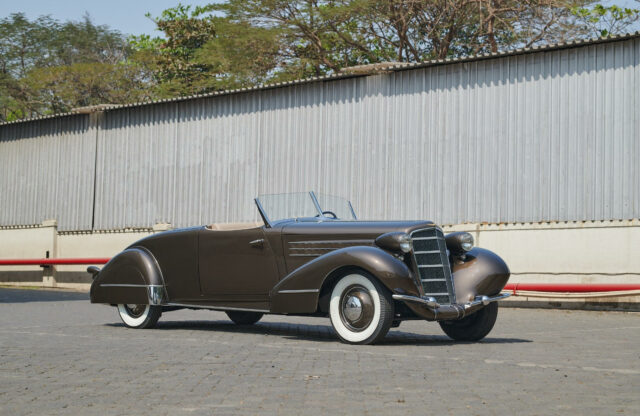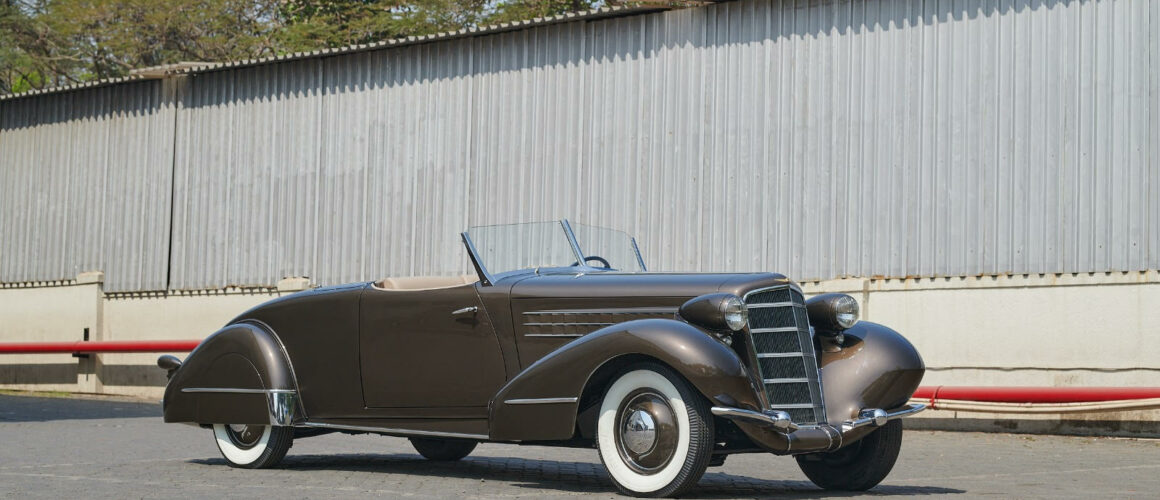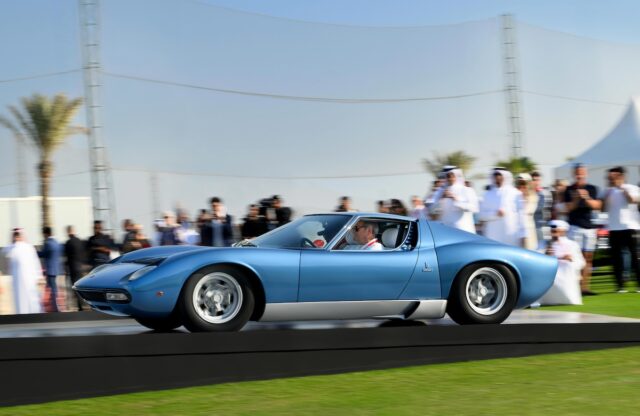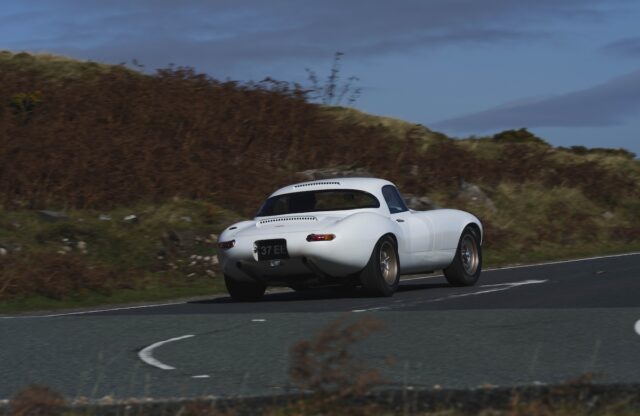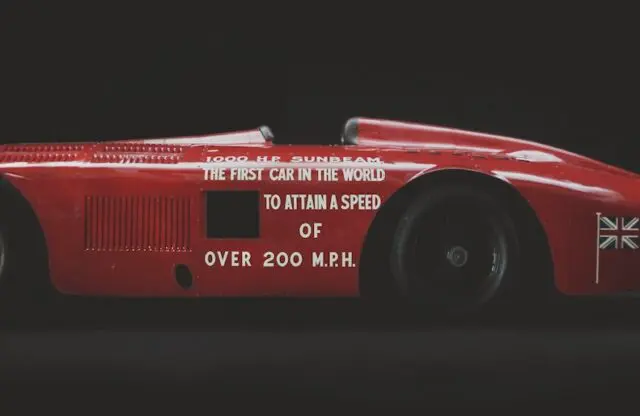The description of a newly built car as being either a ‘ghost car’ or a ‘phantom vehicle’ is a new one, writes McLaren F1 designer Peter Stevens. It is sometimes used to describe something that was conceived in the past, maybe just as a sketch or page in a notebook, and was much later turned into a unique automobile. To a degree, I think that these projects are becoming popular because of frustration at how unsatisfactory modern cars are from an aesthetic and emotional viewpoint.
I have noted in previous articles how far the Indian restoration business has come in the past 16 years. This ‘ghost’ 1935 Cadillac Fleetwood Roadster is a remarkable example of local Indian skills and what can be achieved by fertile minds and creative hands. There was one such outstanding creation that was revealed for the first time at February’s Oberoi Concours that was without a doubt a ghost car.
The Fleetwood Metal Body Company was founded in Fleetwood, Pennsylvania, in April 1909. Surprisingly, Fleetwood had no previous experience in carriage making. Company leader Harry C Urich started building automobile bodies and quickly built a reputation for high quality and style. Edsel Ford liked Fleetwood’s work, and used the coachbuilder as a source of bodies for upmarket Lincolns. General Motors had its own Fisher Body Company, but the automotive giant was so impressed by its rivals that it took over Fleetwood and assigned the company for Cadillac’s more expensive models. In the American way of that period, in 1928 Cadillac then absorbed Fleetwood, and by 1930 production was moved to Detroit.
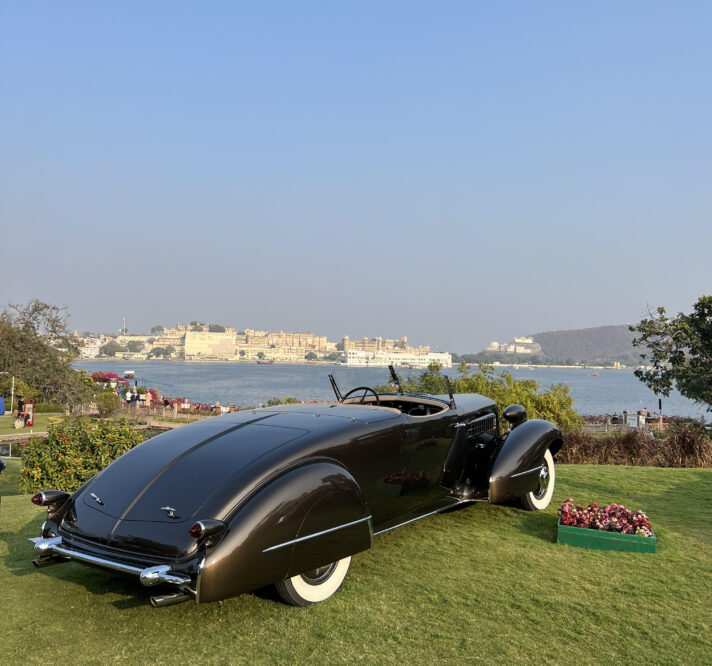
Harley Earl rapidly claimed that the period bumper guards were actually modelled for GM after artillery shells to suggest speeding projectiles
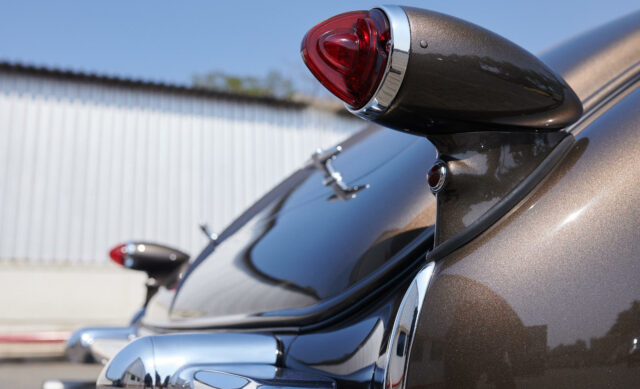
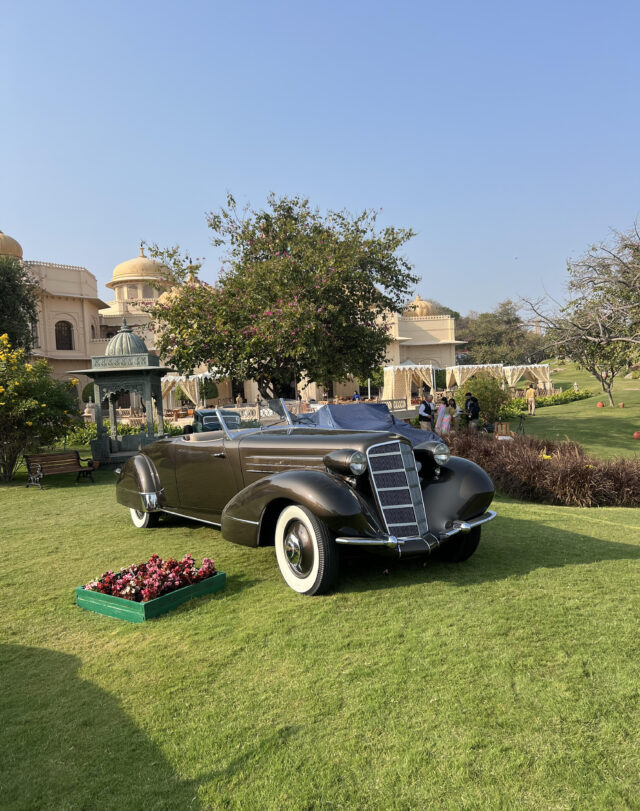
The Fleetwood name was reserved for the higher end of the Cadillac range. At first, even the Sixty Special was fitted with a Fisher body. Only the 75 or 90, with a choice of V8, V12 or V16 power, could be ordered with a Fleetwood body. Although Harley Earl’s Art and Color Section was based in Detroit, the Fleetwood designers worked from the floor above the Cadillac Salon in New York, thought of as a better place than industrialised Motor City for customers to meet the design team. Period advertising would include a glowing testimonial for the Fleetwood method:
“The Fleetwood line of Custom bodies has been created by the Cadillac Motor Car Company to satisfy the steadily increasing demand for the utmost in individuality and exclusiveness. So wide and varied is the choice of bodies offered, that anyone requiring a custom-built body expressing his individuality and exclusive preference can find in the line a car satisfying his own personal requirements. Moreover, he can obtain quick delivery instead of having to wait a long period of time before his order receives attention as is usually the case when a custom-built car is ordered.”
An illustrated, detailed catalogue was produced for each model year, showing a wide range of bodystyles for the V8, V12 and V16 chassis.
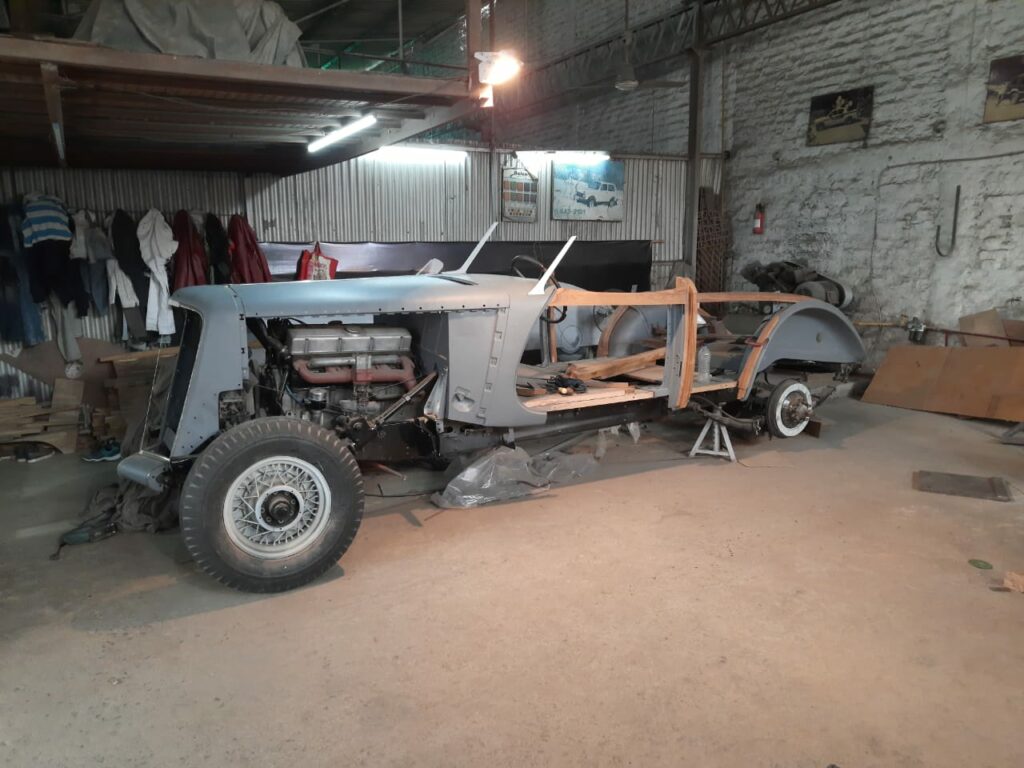
The Mumbai-based restoration company of Indian collector and multiple concours award winner Viveck Goenka, Sara Auto Restorations, which is run by his nephew Allan Almeida, had come across an illustration credited to Fleetwood designer John Hampshire a few years ago. It was probably drawn in 1934 for the 1935 season. Both Goenka and Almeida were captivated by this body design for a Fleetwood Two-Passenger Roadster with the code of Chassis Style 5602 for a V8, 5702 for the V12 and 5802 for the V16. With the after-effects of the Great Depression, the very high prices and, despite Fleetwood’s claims, long waiting times, none of these cars was ever built.
With the valuable input of HH Manvendra Singh Barwani, advising on style, Goenka and Almeida decided to imagine, and then build, a Maharaja’s Speedster based on a Cadillac V12 chassis. The donor car was a daunting prospect for any restorer. There was a very rusty chassis, the remains of the rear wheelarches and the body back panel, scuttle, bonnet and grille. And when cars rust in India, they really do rust… The team’s only reference for the body shape was the brochure illustration blown up to full size.
A five-year programme saw the side view transformed into a wood frame over which a steel body was hand-formed. The team allowed themselves some flexibility in the details of the design. The 1934 blade-style bumpers were preferred to the more complex style of the 1935 design. Also, since the team all admired the form of ‘Dagmar’ bumper overriders, these were ‘tastefully’ included in the bumper design. Dagmar was actually the name of a just post-war buxom American TV personality, Virginia Ruth Egnor. Harley Earl rapidly claimed that the period bumper guards were actually modelled for GM after artillery shells to suggest speeding projectiles.
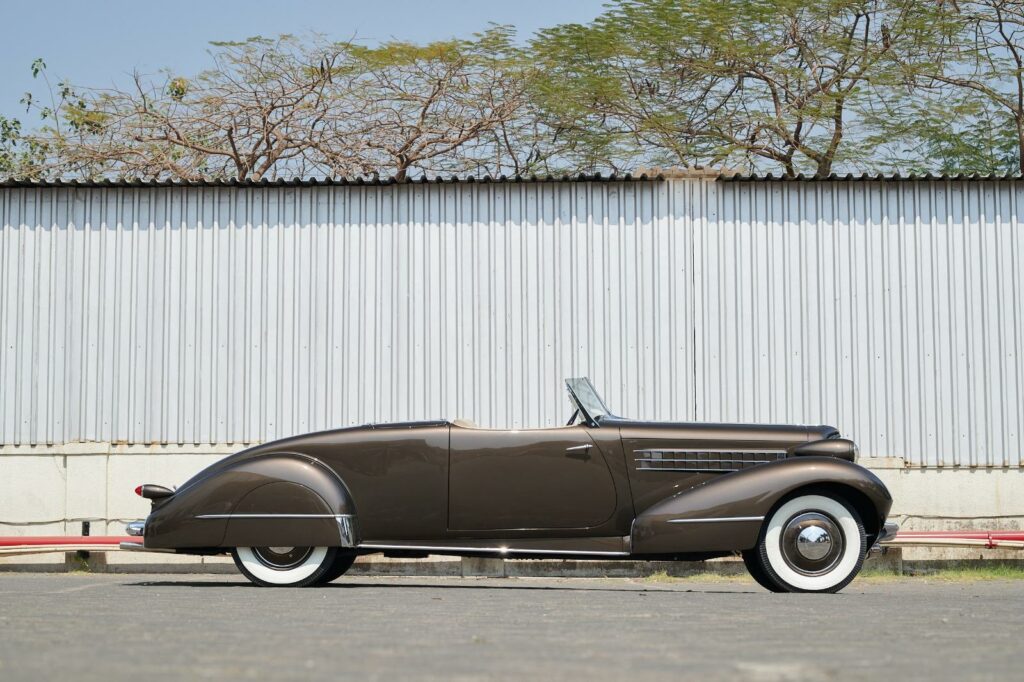
The Speedster design incorporates many detail features that a Maharaja would have required, including a storage unit for polo sticks, polo boots and a gun case. Every detail, from the windscreen to the rear luggage boot’s twin handles and beautiful interior – which includes a wonderful instrument panel – was made by hand by the Sara team.
When I think back to the first Indian concours event put on by Cartier just 16 years ago, and compare the restoration work from that event to this magnificent creation, you can see what dedication, hard work, skill and perseverance can achieve. Viveck Goenka refers to the car as a “dream fulfilled”. The body lines swoop to the rear exactly as one would expect from a ‘high-style’ mid-1930s automobile. The colour is restrained, and the car’s balance and proportions are perfect.
There may be some who ask whether this is a valid direction for the classic car movement to move into. With vehicles as beautiful as this Cadillac Fleetwood Roadster, I would say absolutely.
